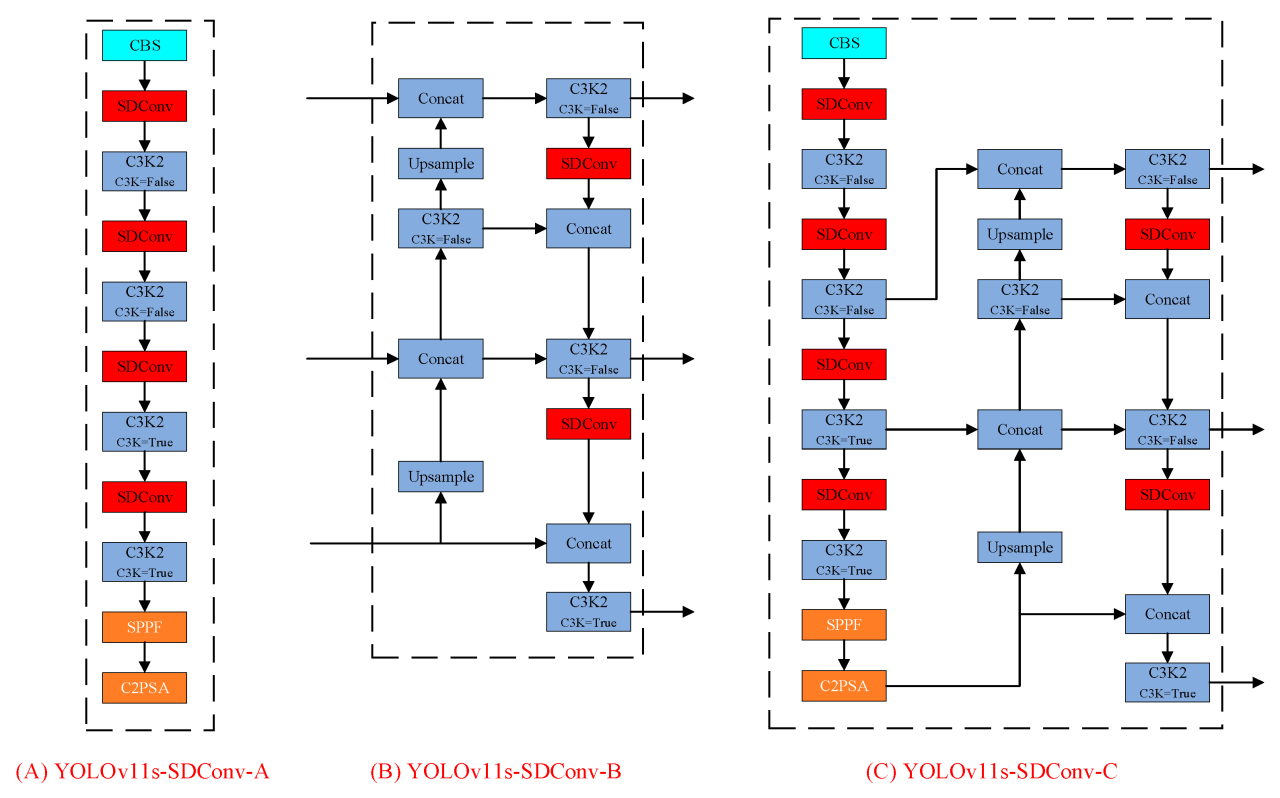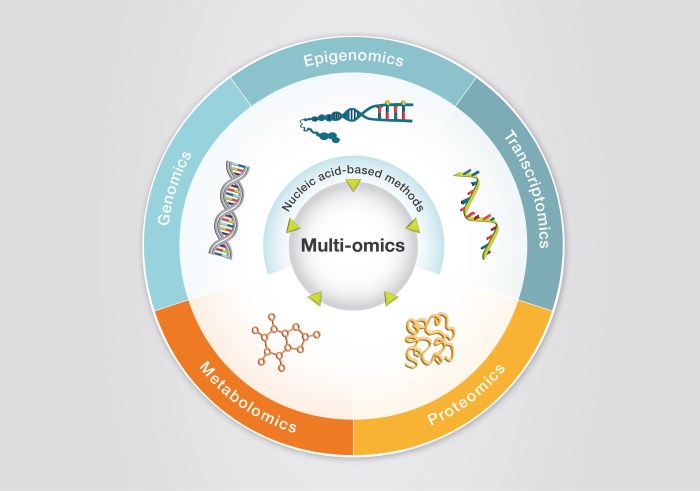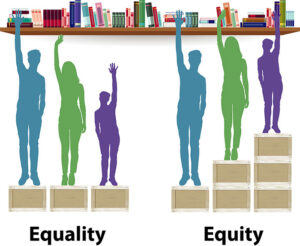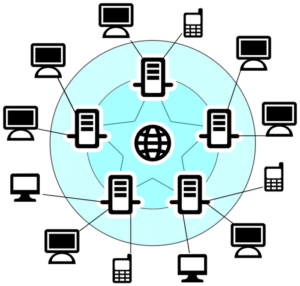
Multi-factor authentication tools are becoming essential in today’s digital landscape, offering an extra layer of security that helps protect sensitive information from unauthorized access. As cyber threats evolve, understanding and implementing these tools is crucial for both individuals and businesses.
These tools require users to provide multiple forms of identification before gaining access to their accounts, significantly reducing the risk of breaches. From SMS codes to biometric recognition, the variety of options available ensures that there’s a suitable solution for every organization, no matter the size or industry.
Understanding Multi-Factor Authentication Tools
Multi-factor authentication (MFA) has become a vital component of cybersecurity strategies across various industries. Unlike traditional single-factor authentication methods that rely solely on passwords, MFA enhances security by requiring multiple forms of verification before granting access to sensitive information. This added layer of protection is crucial in mitigating the risk of unauthorized access and data breaches.MFA tools are diverse and cater to different security needs.
They can include something you know (like a password), something you have (like a smartphone or hardware token), and something you are (like biometric verification). The most widely used MFA tools include SMS-based verification, authentication apps like Google Authenticator, and biometric systems like fingerprint scanners. Each tool has its strengths, and finding the right balance between security features and usability is essential for effective implementation.
Types of Multi-Factor Authentication Tools

The market offers a wide variety of MFA tools that serve different purposes. Here’s a brief overview of the most common types:
- SMS or Email Verification: Users receive one-time codes via text or email, providing a simple but less secure verification method.
- Authentication Apps: Apps like Google Authenticator or Authy generate time-based codes, which offer a higher level of security than SMS.
- Hardware Tokens: Physical devices that generate one-time codes, ensuring that even if a password is compromised, access is still restricted.
- Biometric Verification: Technologies such as fingerprint scanners or facial recognition that use unique biological traits for authentication.
When comparing these tools, it becomes evident that while SMS-based methods are user-friendly, they are more susceptible to interception. In contrast, biometric and hardware token methods offer higher security but may come with a steeper learning curve for users.
Business Innovation and Multi-Factor Authentication
The integration of multi-factor authentication tools can significantly elevate business security practices, driving innovative approaches to safeguarding sensitive information. By adopting MFA, businesses can not only protect themselves from potential cyber threats but also enhance their overall operational efficiency.Several businesses have set benchmarks by implementing multi-factor authentication effectively. For instance, a leading financial institution successfully integrated MFA, resulting in a 50% decrease in unauthorized access attempts.
This not only fortified their security infrastructure but also instilled greater confidence among their clients regarding data protection.
Implications of Adopting Multi-Factor Authentication
Incorporating MFA into business strategies can foster innovation in several ways:
- Enhanced Security Protocols: Businesses can develop stronger security frameworks, leading to improved trust from clients.
- Streamlined Operations: MFA can facilitate smoother user access processes, reducing friction while maintaining high security.
- Competitive Advantage: Firms that prioritize security through MFA may attract more clients, particularly in sectors like finance and healthcare.
The implications are clear: adopting multi-factor authentication not only secures sensitive data but also fosters an environment conducive to innovation and growth.
International Business and Security Protocols
In the context of international business, the role of multi-factor authentication becomes even more pronounced. As companies expand globally, the need for robust security measures to protect transactional data across borders is critical.MFA tools play a pivotal role in securing international transactions, helping mitigate risks associated with cross-border data transfers. Best practices for implementing MFA in global operations include standardizing protocols across different regions while being mindful of local regulations and data protection laws.
Challenges in Integrating Multi-Factor Authentication
However, integrating MFA into international business operations comes with its challenges:
- Regulatory Compliance: Different countries have varying regulations regarding data protection, making it crucial to tailor MFA approaches accordingly.
- Access to Technology: In some regions, access to advanced MFA technologies may be limited, presenting obstacles for uniform implementation.
- Employee Training: Ensuring that employees across different countries understand MFA processes can be a logistical challenge.
These challenges necessitate a thoughtful approach to MFA adoption, emphasizing the need for comprehensive training and effective communication strategies.
Business Management and User Access Control
Managing user access in an organization is fundamental for maintaining security. A well-designed framework that incorporates multi-factor authentication can significantly enhance user access control measures.To effectively manage user access, businesses should develop a structured framework that incorporates MFA as a key component. This includes defining user roles, establishing access levels, and regularly reviewing access permissions to ensure they align with current organizational needs.
Importance of Employee Training on Multi-Factor Authentication
Training employees on the effective use of MFA tools is paramount. A well-informed workforce is better equipped to recognize potential security threats and utilize MFA systems efficiently.
- Regular Workshops: Conduct training sessions to educate employees about the importance and functionality of MFA tools.
- Simulated Phishing Attacks: Implement exercises to help employees identify and respond to potential phishing attempts.
- Clear Documentation: Provide accessible resources that Artikel MFA procedures and troubleshooting tips.
Integrating MFA with existing business management systems further strengthens security while creating a seamless user experience.
Marketing Direct and Customer Trust
In today’s digital landscape, customer trust is paramount, especially in direct marketing efforts. Multi-factor authentication tools can play a significant role in enhancing that trust.When customers see that businesses prioritize security through MFA, they are more likely to engage and share their personal information confidently. Companies like Shopify and Amazon have successfully leveraged MFA to protect customer accounts, resulting in enhanced customer loyalty and satisfaction.
Impact of Security Measures on Marketing Strategies
The impact of security measures on marketing strategies is profound. Effective use of multi-factor authentication can:
- Build Trust: Customers are more likely to trust brands that implement robust security measures.
- Enhance Engagement: Secure platforms lead to higher customer engagement and retention rates.
- Encourage Transparency: Clear communication about security measures fosters a strong relationship between brands and consumers.
By prioritizing security, businesses not only protect themselves but also enhance their marketing efforts and customer interactions.
Business Security and Compliance
Compliance with industry regulations regarding multi-factor authentication is crucial for various sectors. Different industries have specific compliance requirements that necessitate the implementation of MFA tools.Non-compliance can lead to significant risks, including data breaches and hefty fines. For example, the Health Insurance Portability and Accountability Act (HIPAA) in the healthcare sector mandates strict security measures, including MFA, to protect patient information.
Relationship Between Multi-Factor Authentication and Regulatory Frameworks
The relationship between MFA tools and regulatory frameworks is critical for ensuring data protection. Organizations must continually assess their compliance status to avoid potential pitfalls.
- Regular Audits: Conduct routine audits to ensure adherence to compliance requirements related to MFA.
- Stay Updated: Keep abreast of changes in regulations to make necessary adjustments to security protocols.
- Collaborate with Legal Experts: Work alongside legal teams to navigate the complex landscape of compliance effectively.
Adopting multi-factor authentication not only enhances security but also helps businesses meet regulatory obligations.
Small Business Strategies for Implementation
For small businesses, implementing multi-factor authentication can be a game-changer in terms of security. Fortunately, there are cost-effective solutions available that cater specifically to the needs of smaller enterprises.There are several suitable multi-factor authentication tools that small businesses can utilize without breaking the bank. Options like Google Authenticator, LastPass, and Microsoft Authenticator offer both affordability and ease of use.
Challenges Small Businesses Face During Implementation

Despite the advantages, small businesses may encounter challenges when implementing MFA. Common obstacles include:
- Budget Constraints: Limited funds can restrict access to premium MFA solutions.
- Resource Limitations: Smaller teams may lack the manpower to manage MFA implementation effectively.
- Resistance to Change: Employees may be hesitant to adopt new security measures.
A step-by-step guide for small businesses to adopt multi-factor authentication is essential for overcoming these challenges.
Sales Management and Enhancing Customer Interactions
In sales management, securing transactions is imperative. Multi-factor authentication significantly enhances security in sales processes, protecting both the business and its customers.Sales teams need to be well-versed in the benefits of MFA. Training sessions that emphasize the importance of MFA can help sales personnel communicate its value to clients effectively.
Strategies for Communicating the Importance of Multi-Factor Authentication to Clients
Communicating the importance of multi-factor authentication to clients can strengthen relationships and build trust. Effective strategies include:
- Transparent Communication: Clearly explain how MFA protects client data.
- Showcase Success Stories: Share case studies of successful implementations to build credibility.
- Offer Personalized Support: Provide tailored assistance to clients regarding MFA setup and usage.
Through these strategies, sales teams can enhance customer interactions while reinforcing the necessity of security measures.
Strategic Planning with Enhanced Security Measures
Integrating multi-factor authentication into the strategic planning process is essential for long-term business success. By prioritizing security, businesses can better mitigate risks and adapt to changing market conditions.Risk management plans that incorporate multi-factor authentication can provide a framework for identifying, assessing, and addressing potential threats.
Influence of Multi-Factor Authentication on Long-Term Business Strategies
The influence of multi-factor authentication on long-term business strategies is profound. By embedding MFA into their operations, companies can:
- Enhance Resilience: A robust security posture helps businesses withstand cybersecurity threats.
- Facilitate Growth: Secure systems enable businesses to expand operations without compromising security.
- Promote Innovation: A secure environment fosters creativity and allows teams to focus on growth initiatives.
Ultimately, multi-factor authentication is not merely a technical requirement but a strategic asset that shapes a company’s future direction.
Workplace Communication and Security Awareness
Promoting security awareness within the workplace is vital for effective multi-factor authentication implementation. Companies must develop communication strategies that emphasize the importance of security.Training materials should be designed to educate employees on the critical role of multi-factor authentication in protecting sensitive information.
Role of Leadership in Reinforcing Security Policies
Leadership plays a crucial role in reinforcing security policies, including multi-factor authentication. Effective strategies include:
- Leading by Example: Leaders should model best practices for security and MFA usage.
- Open Dialogue: Encourage discussions about security concerns and the importance of compliance.
- Recognition Programs: Reward employees who actively promote and adhere to security policies.
Through these initiatives, organizations can cultivate a culture of security awareness that empowers employees and fortifies overall business security.
Concluding Remarks
In summary, the integration of multi-factor authentication tools not only fortifies security but also fosters a culture of trust and responsibility within organizations. By adopting these practices, businesses can enhance their overall security posture and reassure clients that their data is well-protected, paving the way for innovation and growth.
FAQs
What is multi-factor authentication?
Multi-factor authentication (MFA) is a security process that requires two or more verification factors to gain access to a system, enhancing security beyond just a username and password.
Why is multi-factor authentication important?
It significantly reduces the risk of unauthorized access by requiring additional forms of verification, making it harder for attackers to gain entry even if passwords are compromised.
How do I implement multi-factor authentication?
Implementation typically involves selecting an MFA provider, integrating it with your existing systems, and training users on how to use the new authentication methods.
Is multi-factor authentication user-friendly?
While it adds an extra step to the login process, many users find MFA easy to use, especially with modern methods like biometrics or authentication apps.
Are there costs associated with multi-factor authentication tools?
Yes, costs can vary depending on the provider and the features offered, but there are also many free or low-cost options available for small businesses.





